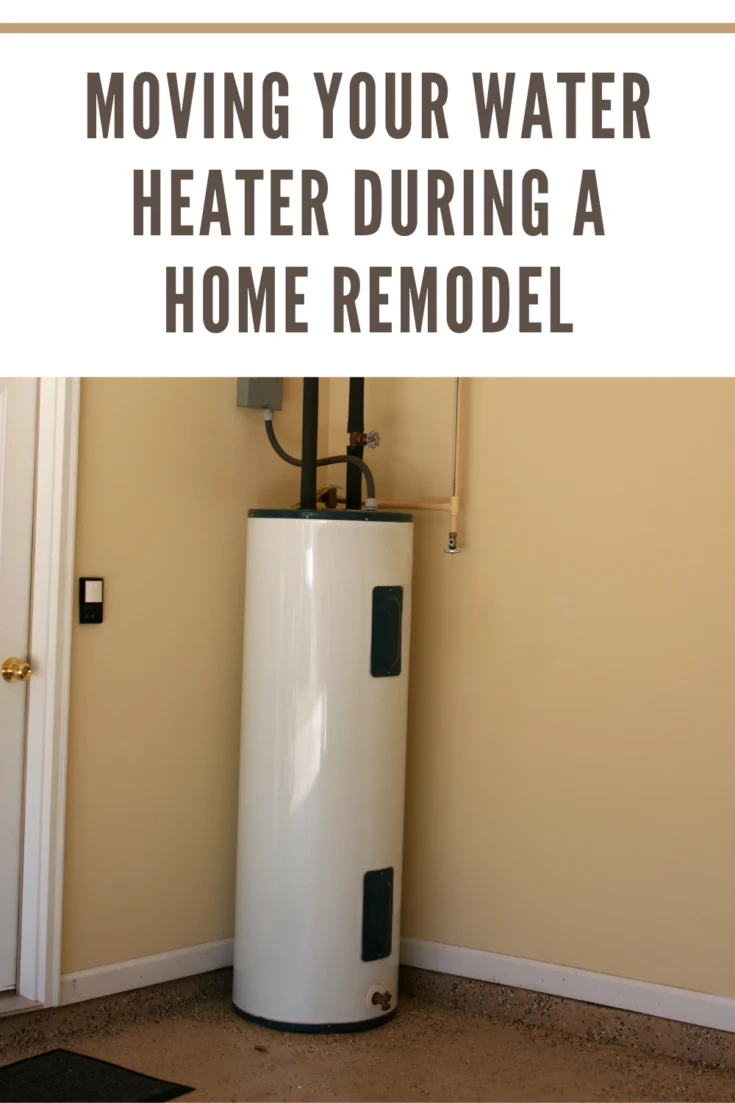Water heating accounts for around 18% of your home’s total energy use, the Department of Energy reveals, meaning your water heater plays an important role in keeping your daily home life comfortable. If you’re remodelling your home, you may find your water heater occupies too much room and interferes with your design plans. Relocating the heater can therefore be the ideal solution to this problem. However, moving your water heater requires careful planning and the help of an experienced contractor to complete the job safely and successfully.

Do you need to replace your heater?
Before moving your water heater, check out its existing condition. If it’s old and worn, it’s not worth spending the time and money you’ll need to invest in moving it. Water heaters last around nine years on average. Replacing a heater under seven years old usually isn’t necessary unless it’s already giving you trouble. However, it can be worthwhile to replace an older heater, especially if yours is already leaking or corroded. Water heater replacement cost can often be more affordable than getting it repaired. Even if repairing an old water heater is possible, this may only be a short-term solution that isn’t cost-effective in the long run. So, if your water heater is reaching the end of its life, you should really replace it with a new model.
Before moving your water heater…
After you’ve decided whether or not you need to replace your water heater, you’re ready to choose its new location. Many homeowners like to install their water heaters either in the garage or basement since these rooms have plenty of space, which also helps keep the heaters running as efficiently as possible. To prepare your chosen new location, you’ll have to open walls to install necessary electrical lines, pipes, and fittings. You’ll also need to install a vent pipe, which exits through the roof. Be sure to check local codes as many of them require water heaters to be positioned on raised platforms. Keep in mind these tasks will increase overall material and labor costs.
Disconnecting and reconnecting safely
Your water heater should be disconnected and reconnected correctly before and after moving it. First, it’s essential to turn off the natural gas valve to prevent gas from leaking into your home. Also, shut off the main water valve to eliminate the risk of flooding and potential water damage. Your new water pipes should also be pressurized and assessed for leaks before the new heater is installed. This involves bleeding out the air from the water lines to make sure they’re able to control the flow of water correctly. After connecting the water heater to the water lines, turn on a cold-water faucet to bleed out the air before doing the same with a hot-water faucet.
Relocating your water heater during a home remodel can be a great way to create a more efficient home design. However, it’s essential to plan the job carefully and work with a contractor to ensure it’s done safely and correctly.
Resources:
https://www.harlemworldmagazine.com/things-you-need-to-consider-before-installing-a-water-heater/
https://www.cartersmyplumber.com/water-heater-repair-cost/
https://homeguides.sfgate.com/bleed-pipes-remove-trapped-air-51763.html
